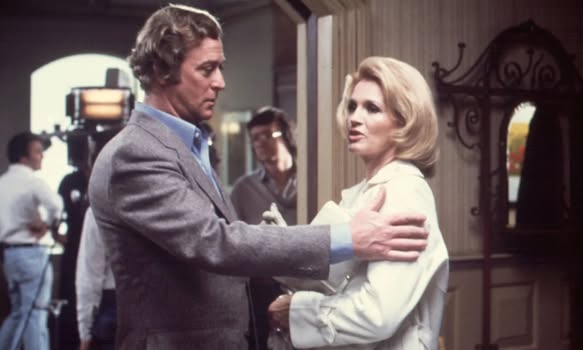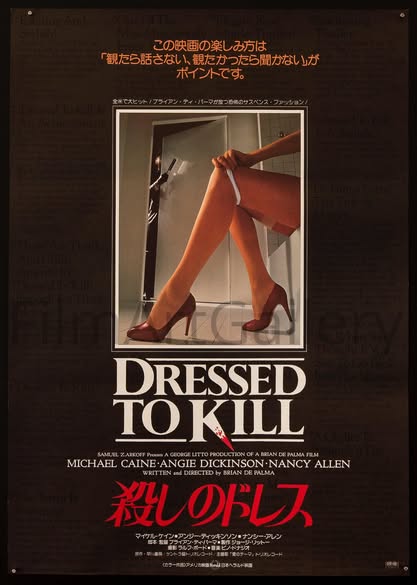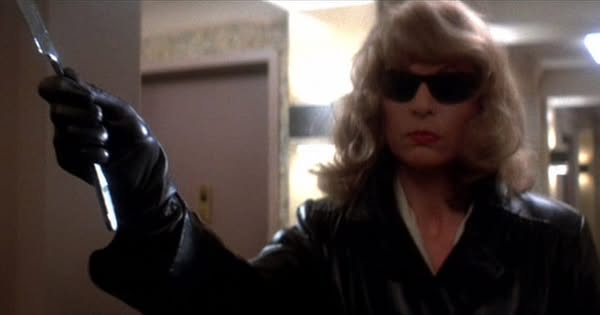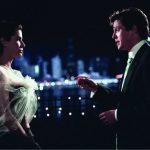Dressed to Kill (1980)

Dressed to Kill is a 1980 psychological thriller directed by Brian De Palma, known for its stylish cinematography and suspenseful narrative. The film stars Angie Dickinson, Michael Caine, and Nancy Allen, and it has garnered a reputation as a provocative and visually striking entry in the thriller genre.
The story revolves around a mysterious murder that takes place in New York City. The film opens with a provocative sequence featuring Kate Miller (Dickinson), a bored housewife who, after a failed therapy session, embarks on a sexual escapade. Her encounter leads her to a fateful meeting with a masked figure, resulting in her brutal murder in an elevator. This shocking opening sets the tone for the film, blending eroticism with horror.

Following Kate’s death, the narrative shifts to Liz Blake (Allen), a call girl who inadvertently witnesses the murder. As Liz becomes embroiled in the investigation, she teams up with Dr. Robert Elliott (Caine), a psychiatrist who was treating Kate. The film explores themes of identity, voyeurism, and the duality of human nature, all wrapped in De Palma’s signature style.
De Palma employs a range of cinematic techniques, including split screens and dreamlike sequences, to heighten the tension and engage the viewer. The film’s aesthetic is characterized by its bold use of color and lighting, creating a visually arresting experience that complements the dark themes.

Dressed to Kill is notable for its exploration of sexuality and the psychological underpinnings of its characters. The film’s provocative content sparked discussions and debates upon its release, contributing to its controversial status. Critics praised De Palma’s ability to create suspense and evoke emotional responses, while some condemned its portrayal of violence and women.
The performances in the film are compelling, particularly Dickinson’s as the enigmatic Kate and Allen’s as the resourceful Liz. Caine delivers a nuanced performance as the complex Dr. Elliott, adding layers to the character’s motivations.
Despite mixed reviews at the time of its release, Dressed to Kill has since gained a cult following, appreciated for its bold artistry and psychological depth. It remains a significant work in De Palma’s filmography, showcasing his talent for blending suspense with stylistic innovation.

In summary, Dressed to Kill is a provocative psychological thriller that captivates with its stylish visuals and intricate narrative. Through its exploration of identity and desire, the film leaves a lasting impression, solidifying its place as a notable entry in the genre.











